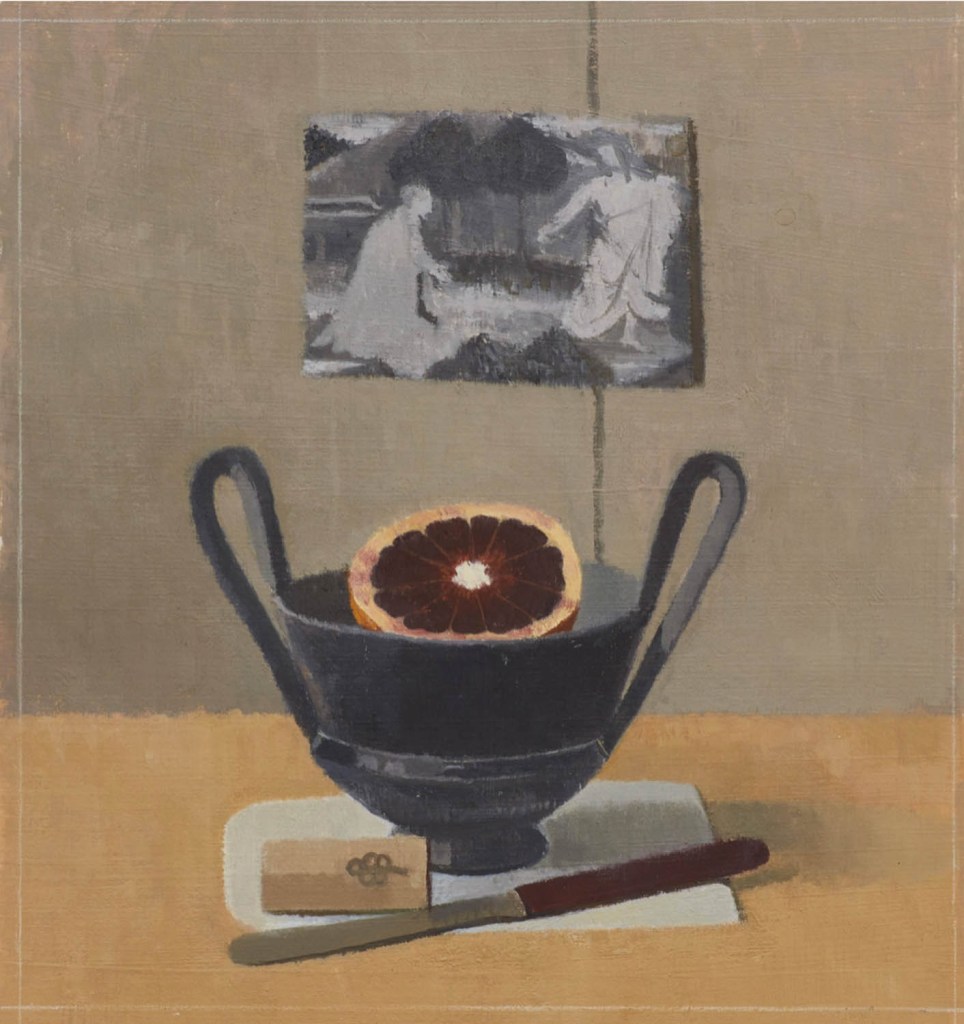
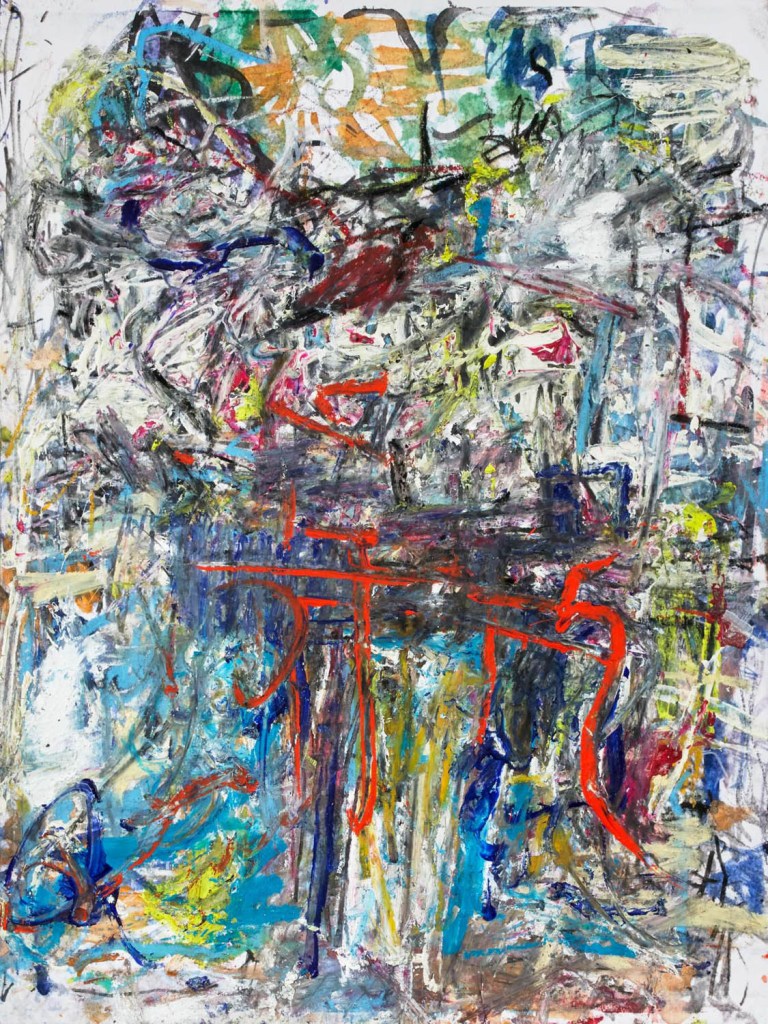
Contributed by Elizabeth Whalley / Ying Li and Susan Jane Walp’s paintings on paper, on view in concurrent solo exhibitions at Pamela Salisbury Gallery, initially seemed to me to have little to do with each other given the differences in subject matter, its presentation, paint handling, and color. As I thought more about them, though, virtuous similarities emerged in my mind. Both artists build their paintings from physical subjects that share their space – Li mostly from landscape in the tradition of plein air painting, Walp from small-scale objects in the vein of the studio still life. Li integrates her painting activity into the world around her, while Walp carefully organizes her objects in the studio. Both seem to set up a dynamic conversation between themselves and what they have chosen to paint, and that conversation is the real subject of their painting.
The conversations defy the conventions of still life and landscape. While a still life often focuses the viewer on the accurate depiction of objects and surface within subordinated surroundings, Walp’s calm pictorial space equalizes the significance of object and background and brings them close to the surface of the painting in compressed unity. Landscape painting often carries the viewer into deep recessive space carved out of scenic layers, but Li’s landscape space flies off the surface of the paper and then plunges back into it without boundaries or defined changes of plane. Hanging in the attic-like top floor of the gallery, her paintings spill out of their frames and animate the space.
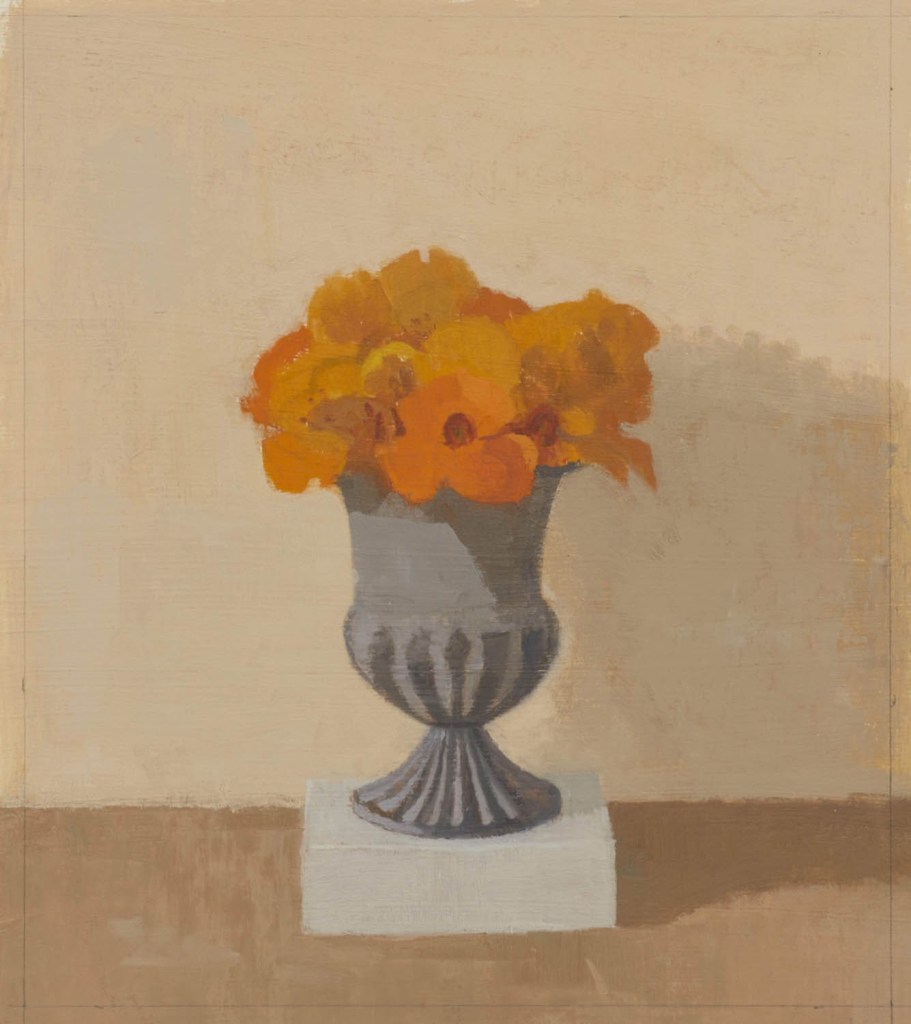
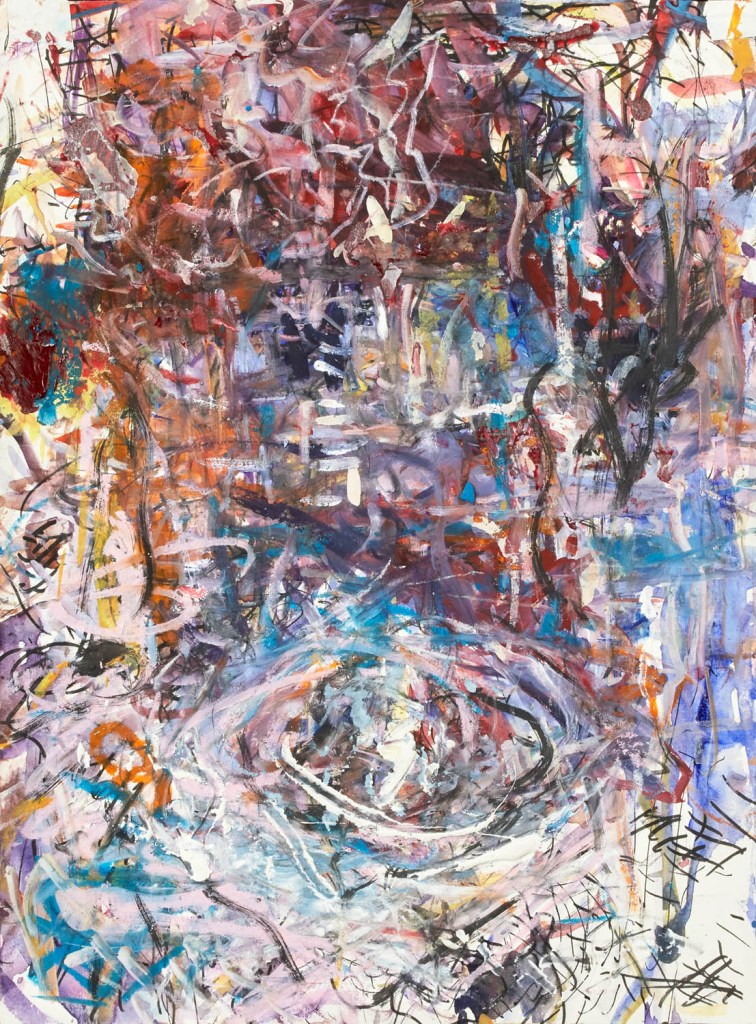
The two artists’ innovative uses of standard materials – paper, oil paint, and watercolor – are fascinating. Li, choosing watercolor, respects the traditionally celebrated properties of the medium. Watercolor is characterized by disappearances – substance into paper, colors into transparent washes, paper into light and space. But Li’s watercolor not only soaks into the paper but also drags itself across it, jumps around it, and piles up on its surface. The image remakes itself with each subsequent interaction between painter and landscape. No convention accounts for how that will turn out.
Walp’s choice of oil paint for her still lifes might seem to telegraph overt innovation and virtuosity. Yet she employs her oil paint with great restraint, serving a layered understanding of her subject without calling attention to its transformative, illusionistic properties. While the use of paper might indicate something preparatory and preliminary, the paintings hardly seem provisional. I think of fresco painting, its richness of color embodied in the stillness of plaster and architecture.
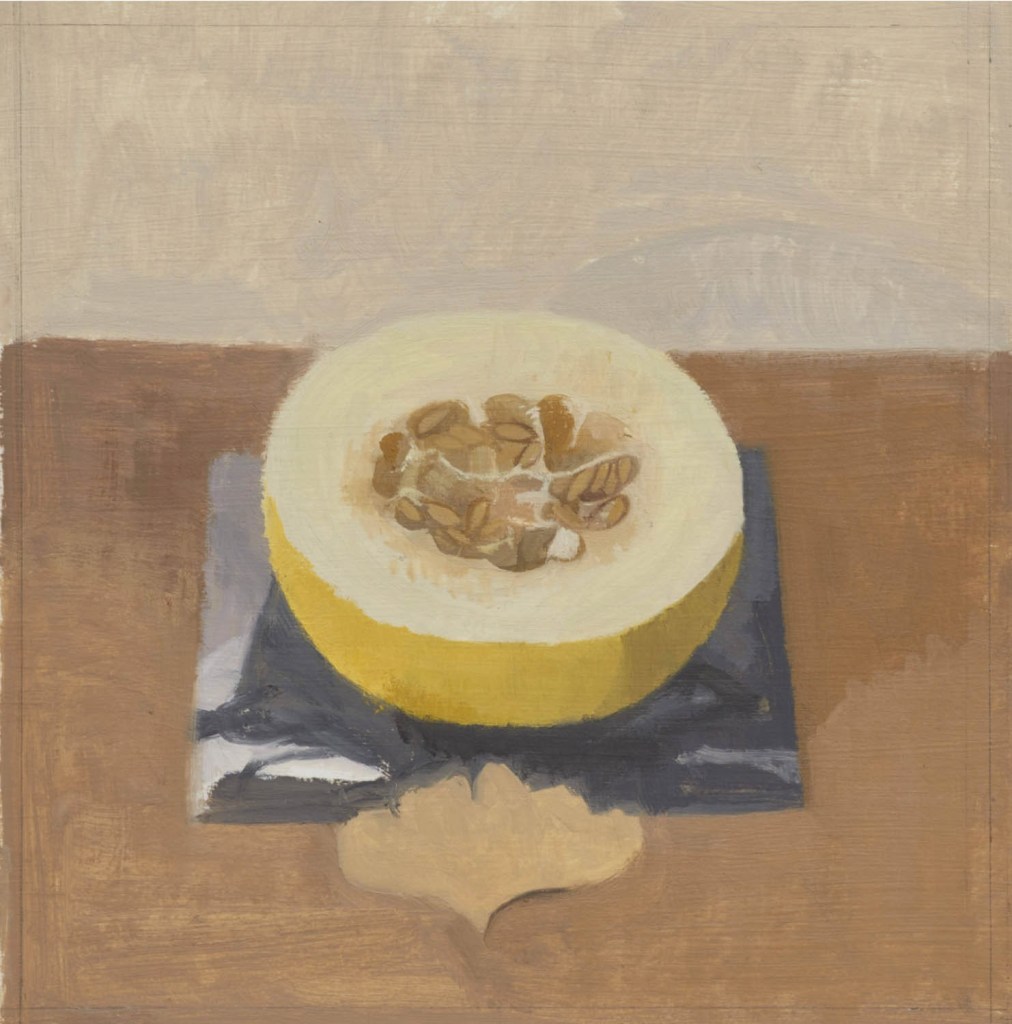
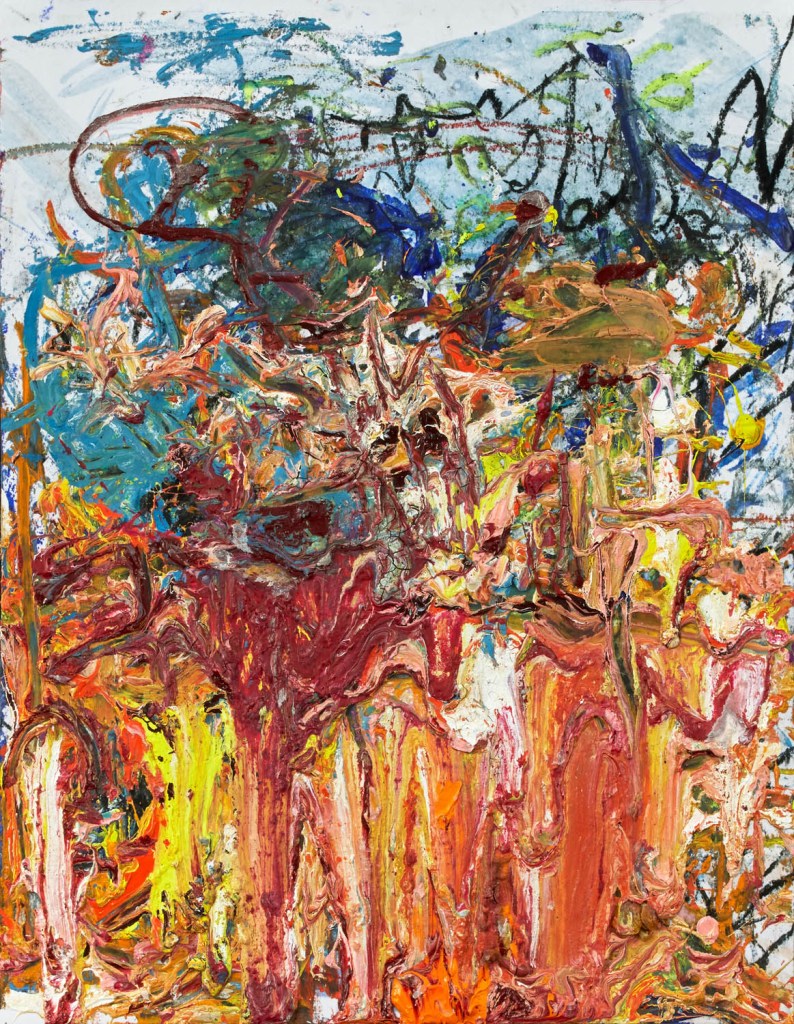
How we see and respond to color underpins much painting from observation. Historically, different color systems have evolved to help artists manage its complexities – sfumato for landscapes, local color for still life. Li and Walp have arrived at highly personalized color vocabularies generated from the close examination of their perceptions. Each iteration of Li’s color leaves a unique trace. Sometimes the colors whisper, but often they are bold, swirling around with one another and impossible to tease apart. Walp’s colors emerge from serene contemplation, registering slight shifts as well as bold contrasts and applied with delicacy, clarity, and balance. These seem to me almost opposite ways to paint with color: Li sings at the top of her lungs while Walp settles into prayer. But both bring color to life in an emotional way.
In deconstructing the scaffolding of painting, Li and Walp include us in their engagement with their subjects. They reveal and celebrate the complexities of seeing and other unquantifiable aspects of creating – choosing, mixing, brushing, guessing, feeling, correcting, thinking, watching, touching, measuring, and so on – which unfold and change over time. As I look at the paintings, the visceral and material process of their making comes alive. At the same time, I cannot help thinking about digital sensors, algorithms, and inkjet printers – how mechanical, unfeeling, and very efficient they are.
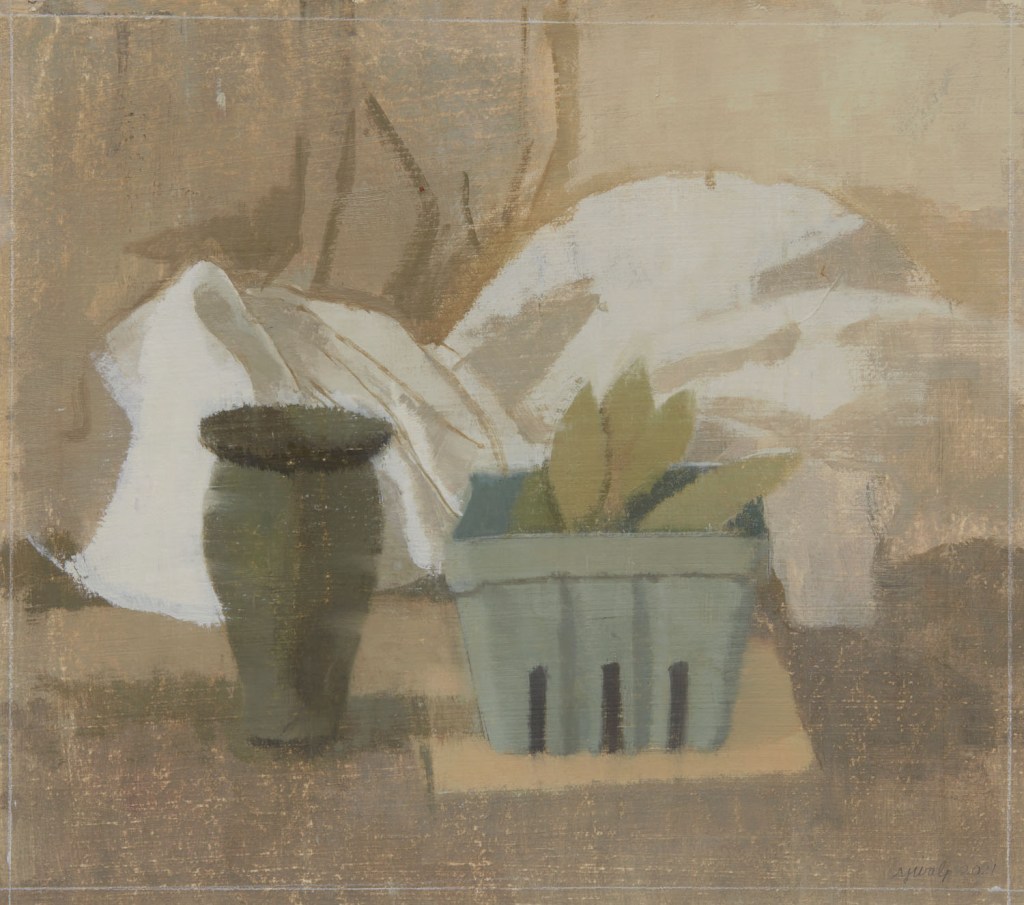
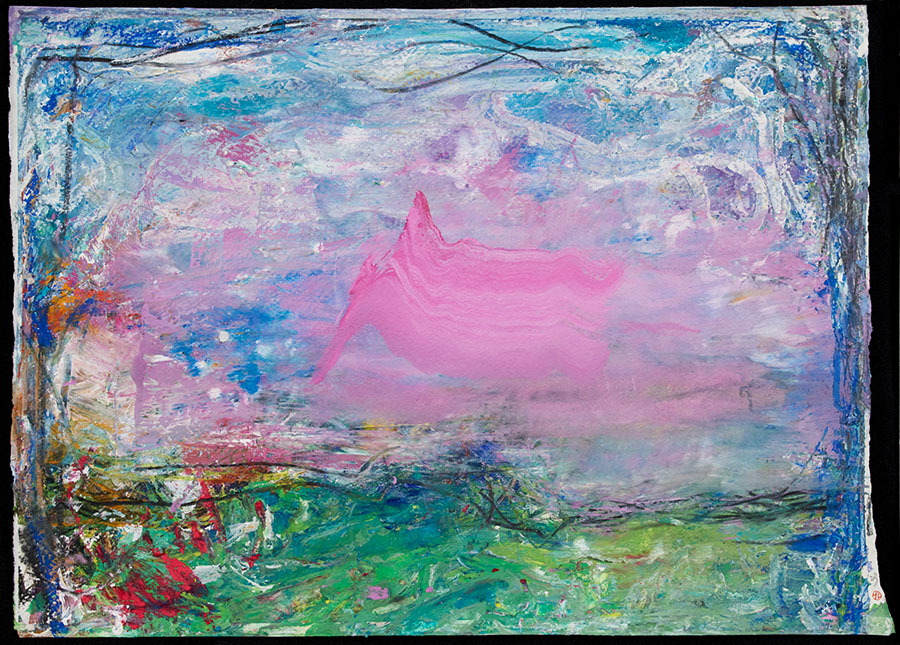
“Susan Jane Walp: Paintings and Drawings on Paper” and “Ying Li: Paper Trails,” Pamela Salisbury Gallery, 362 1/2 Warren Street, Hudson, NY. Through July 21, 2024.
About the author: Elizabeth Whalley is an artist and writer who divides her time between Quebec and New York.

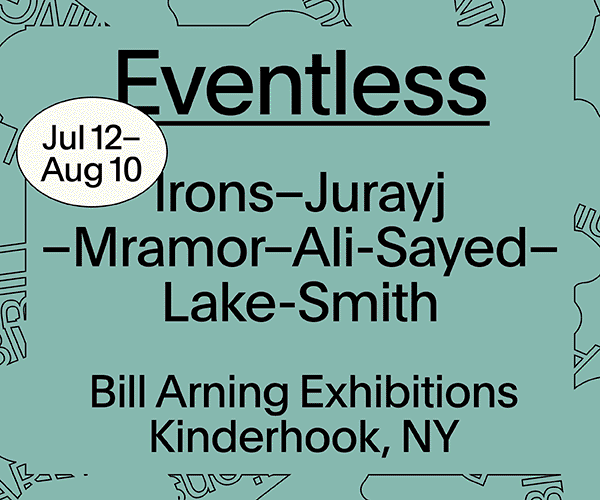
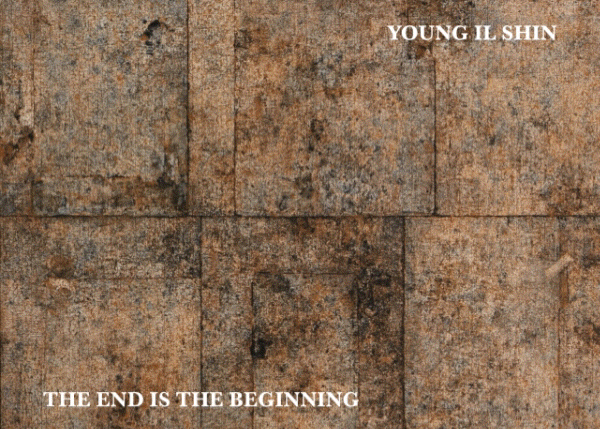
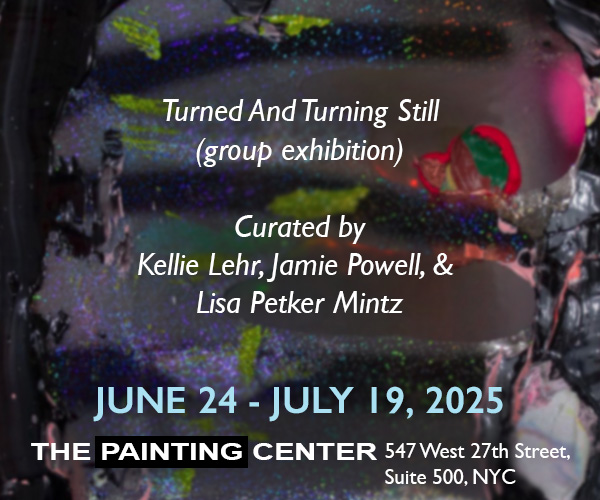
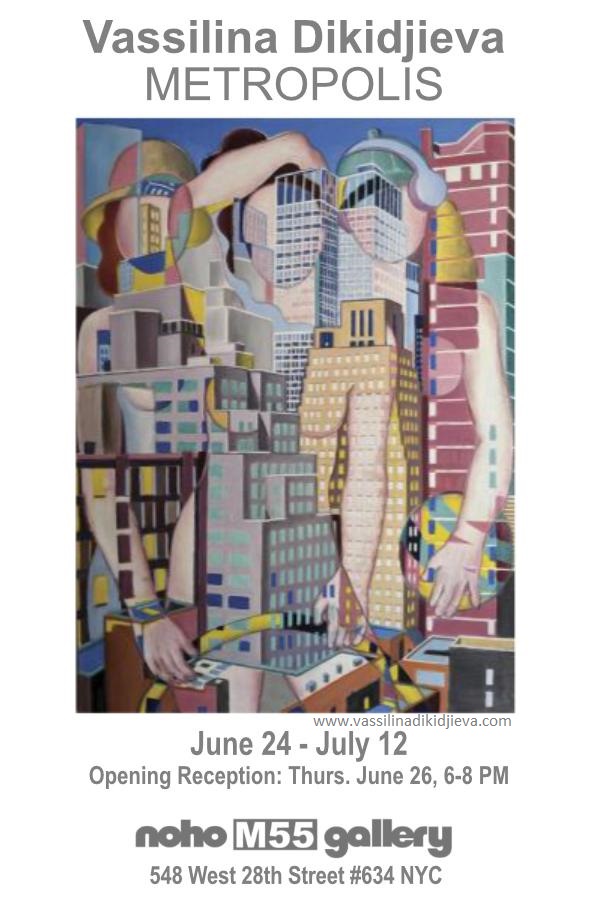
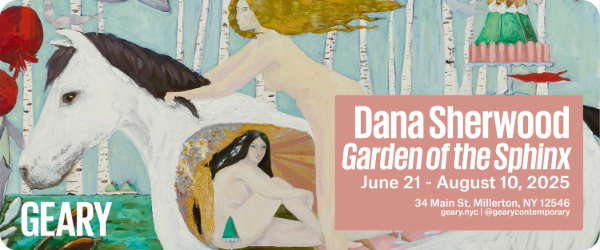










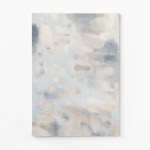
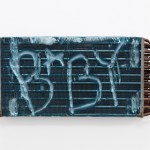
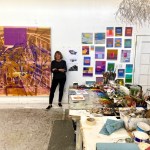
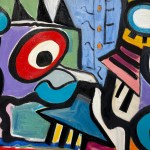
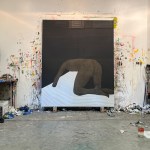
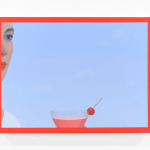
An excellent, thoughtful review.
Love Walp’s paintings!
Sensitive and perceptive review of these 2 very different and wonderful painters.
The insights in this review bring me deeper in to the work. Kudos to Elizabeth Whalley!